

 There are good reasons to think that the KGB arranged the murders of John F. Kennedy, Martin Luther King, and Robert F. Kennedy, as well as of other Americans. Note: “good reasons”, not definitive proof. In each case, I will argue that We must consider the KGB the leading suspect (except that the KGB and the Mafia collaborated on the JFK assassination). This perception can guide further investigation that could result in the more definitive finding that the KGB was behind these and other related murders.
There are good reasons to think that the KGB arranged the murders of John F. Kennedy, Martin Luther King, and Robert F. Kennedy, as well as of other Americans. Note: “good reasons”, not definitive proof. In each case, I will argue that We must consider the KGB the leading suspect (except that the KGB and the Mafia collaborated on the JFK assassination). This perception can guide further investigation that could result in the more definitive finding that the KGB was behind these and other related murders.
First, I will explain how the KGB and Mafia have emerged as the prime suspects in the JFK assassination. Not only was this the most important and best-known case. New evidence and interpretation point to the KGB’s role in particular and have implications for the other murders. Second, I will treat each of ten KGB murders in summary fashion. Third, I will touch on factors that have hampered resolution of these cases for many decades. Fourth, comparing the cases, I will identify characteristics of the KGB’s art of deniable murder. Fifth, I will draw some conclusions.
*****
1. The KGB and JFK

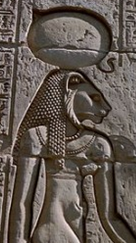


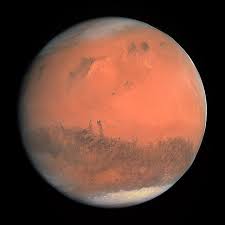 originally formed a single planet outside the orbit of Jupiter. Early in Solar System history, Jupiter’s powerful gravitational field pulled this planet past the gas giant. As the planet neared Jupiter, tidal friction heated it to the melting point, and Jupiter tore Mars away from Earth, leaving the Pacific Basin and an array of evidence on both planets. Earth and Mars then sped off into the inner solar system.
originally formed a single planet outside the orbit of Jupiter. Early in Solar System history, Jupiter’s powerful gravitational field pulled this planet past the gas giant. As the planet neared Jupiter, tidal friction heated it to the melting point, and Jupiter tore Mars away from Earth, leaving the Pacific Basin and an array of evidence on both planets. Earth and Mars then sped off into the inner solar system.
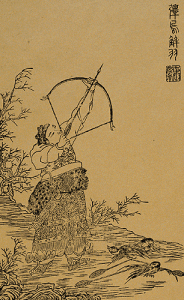 What reality lay behind ancient China’s flood legends? Who was the Yellow Emperor? Who was Archer Yi, what was his vermilion bow, how did he shoot down nine of ten suns, and why were there ten suns in the first place?
What reality lay behind ancient China’s flood legends? Who was the Yellow Emperor? Who was Archer Yi, what was his vermilion bow, how did he shoot down nine of ten suns, and why were there ten suns in the first place?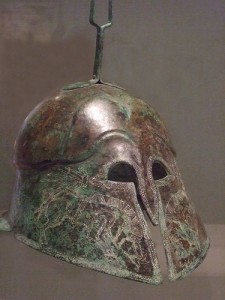
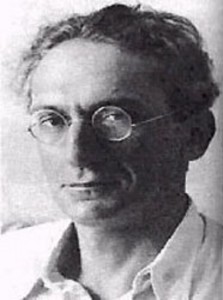
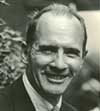
 There’s no shortage of candidates for the cause of the mass extinctions of prehistory. But experts have found flaws in every one.
There’s no shortage of candidates for the cause of the mass extinctions of prehistory. But experts have found flaws in every one.